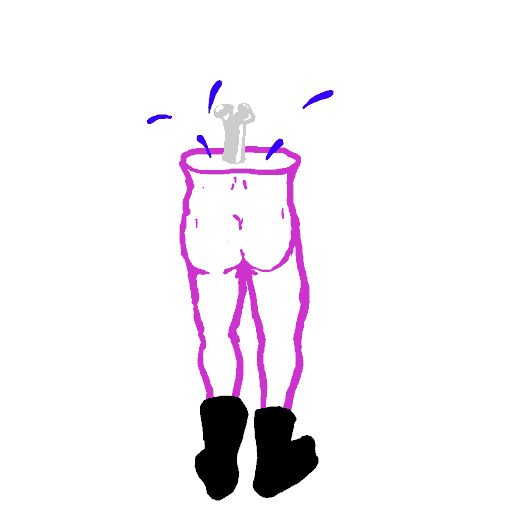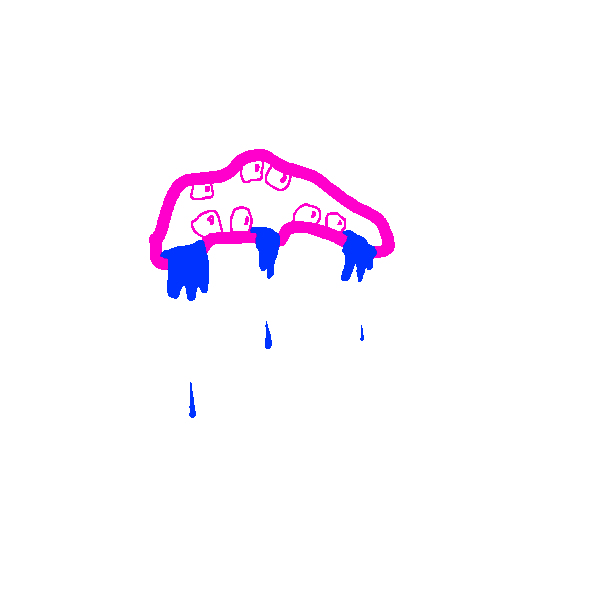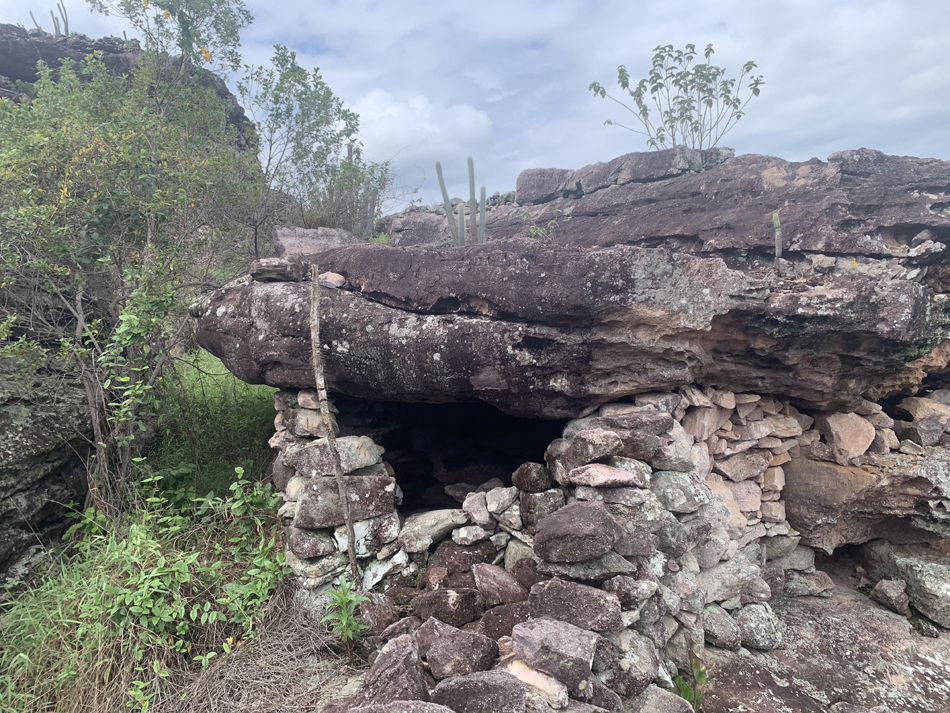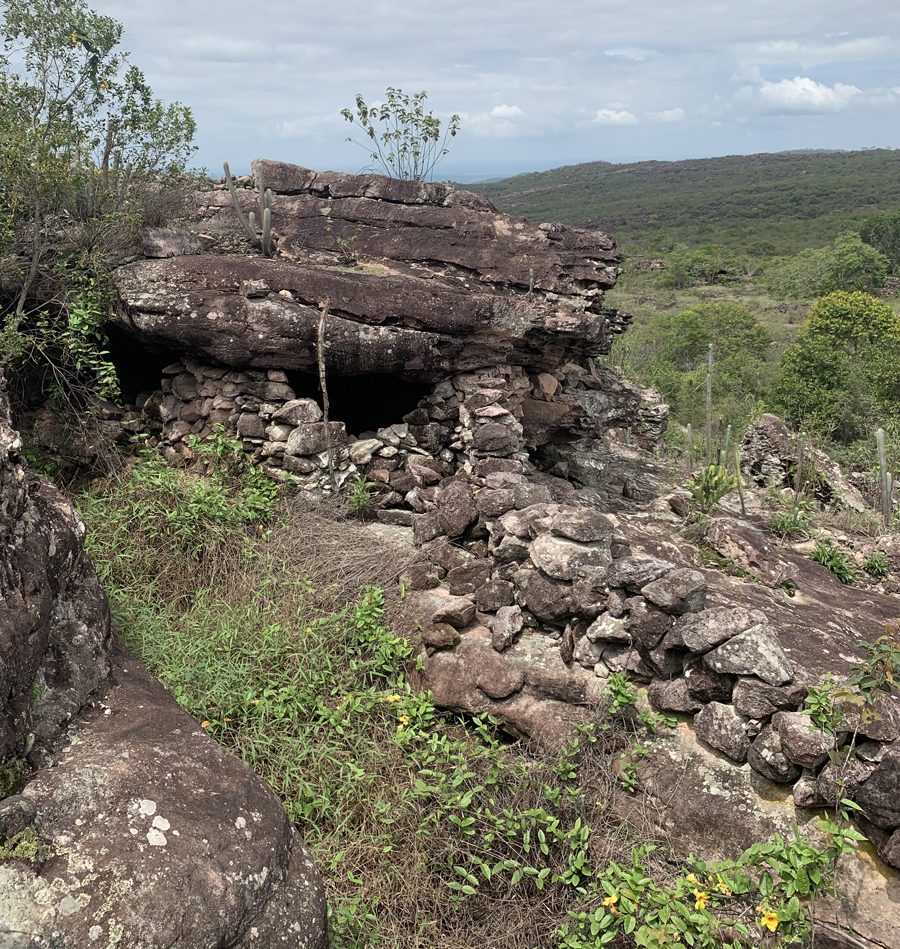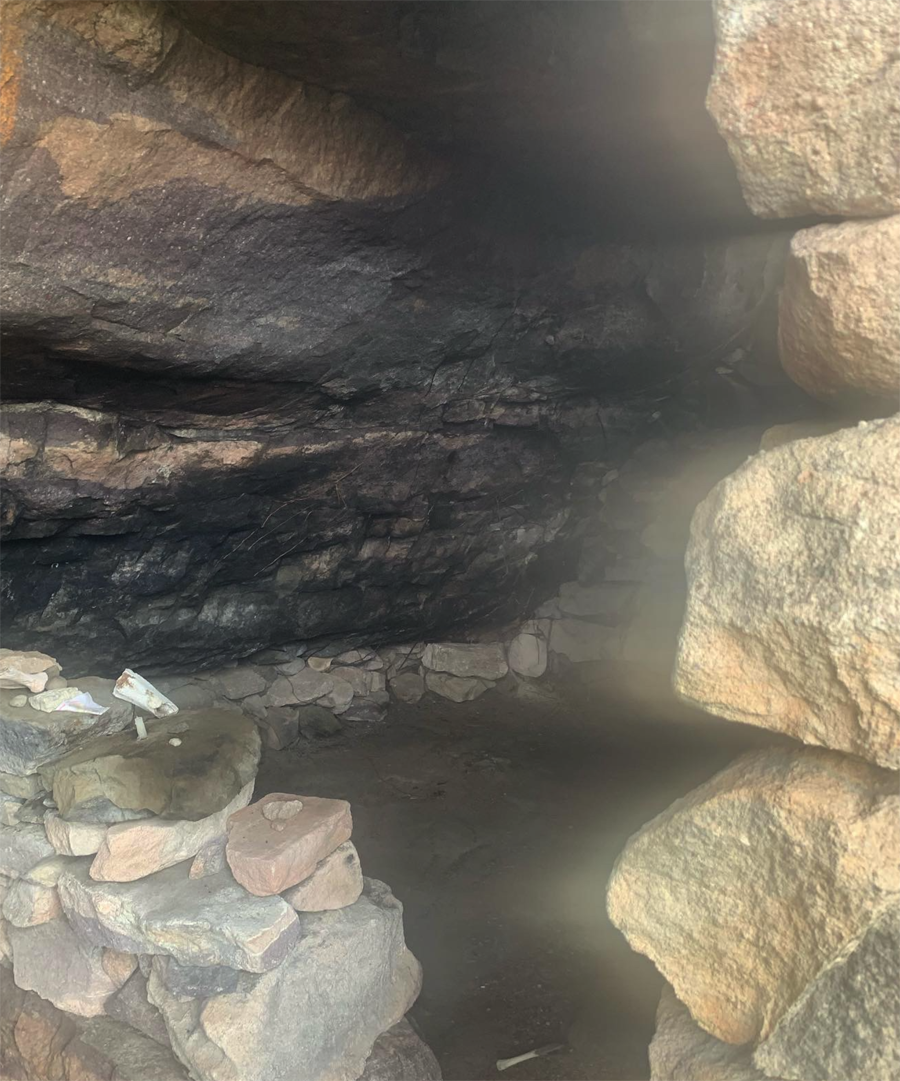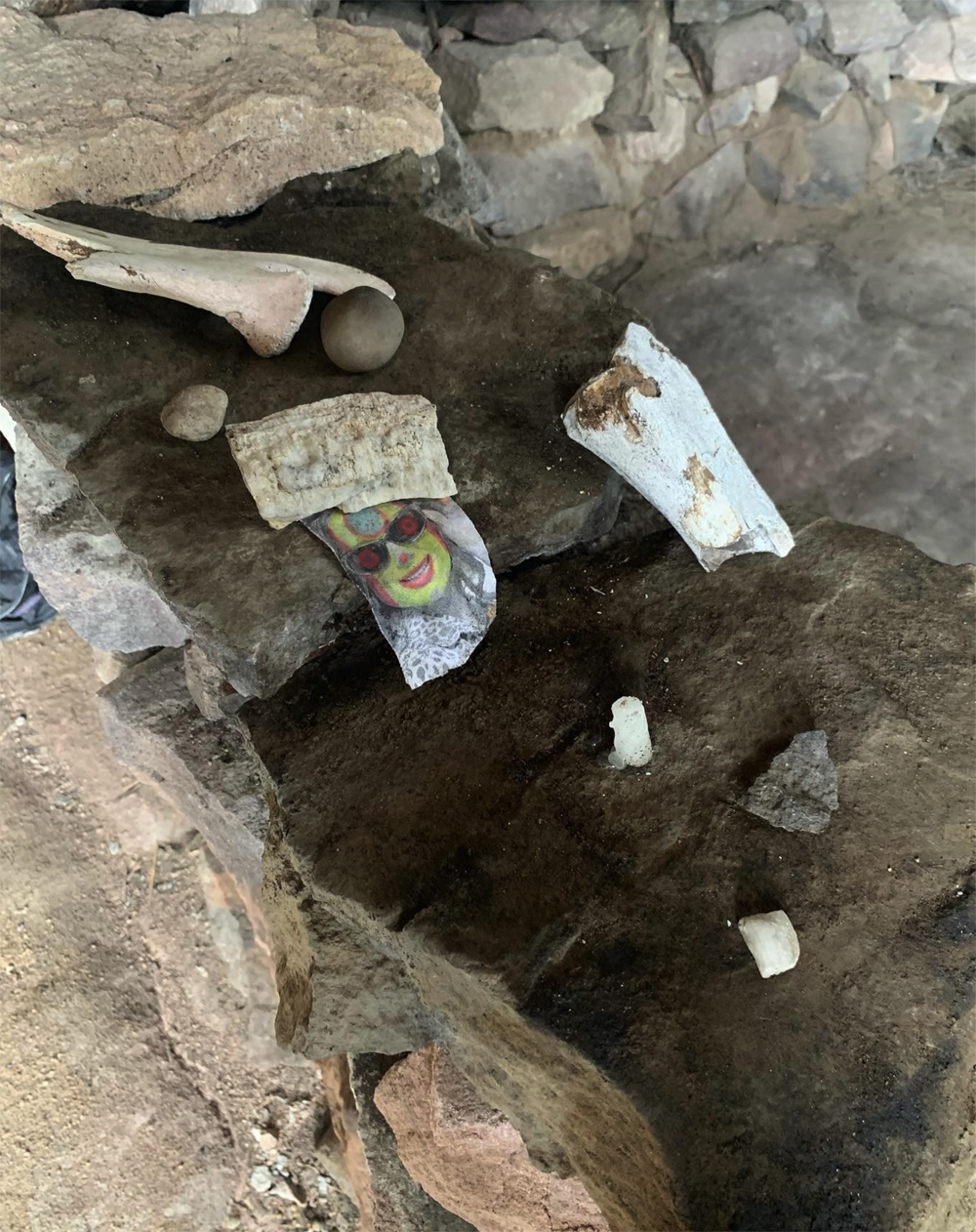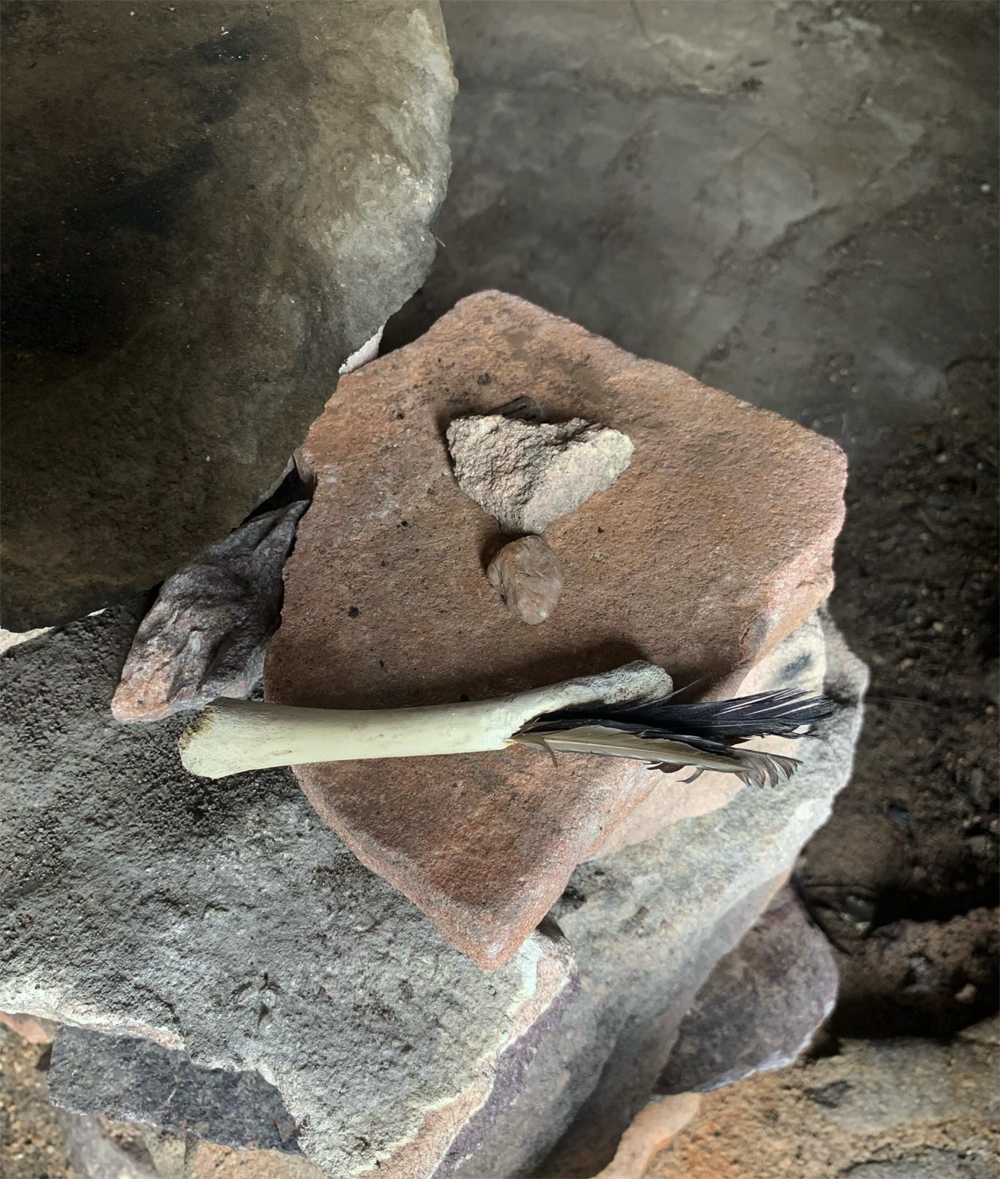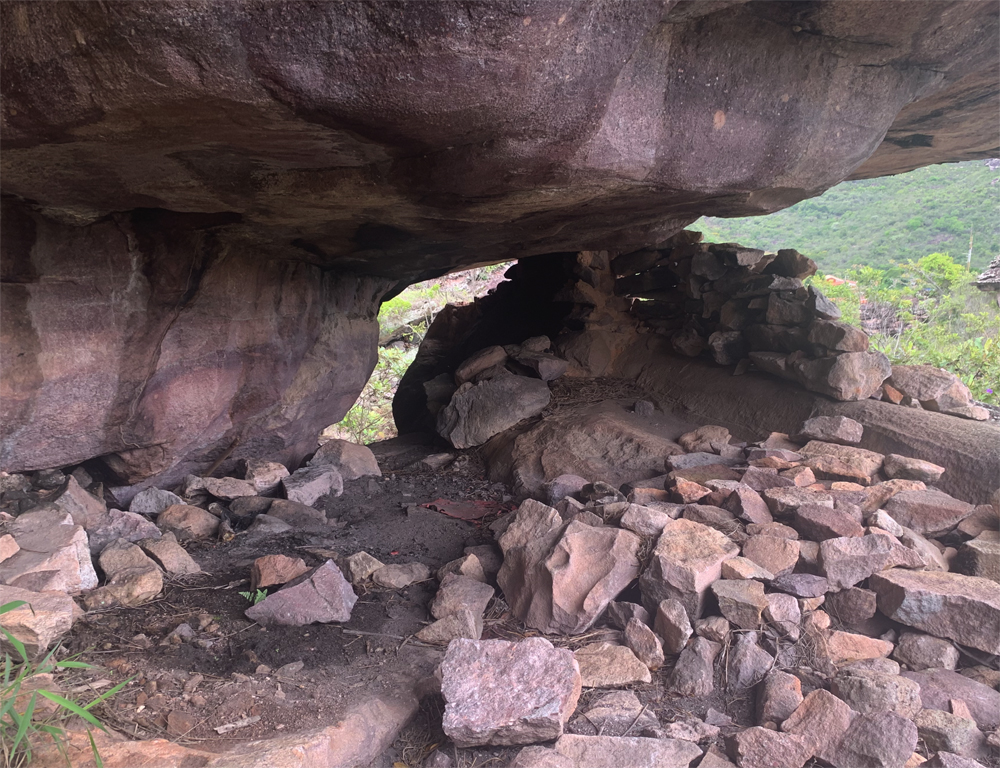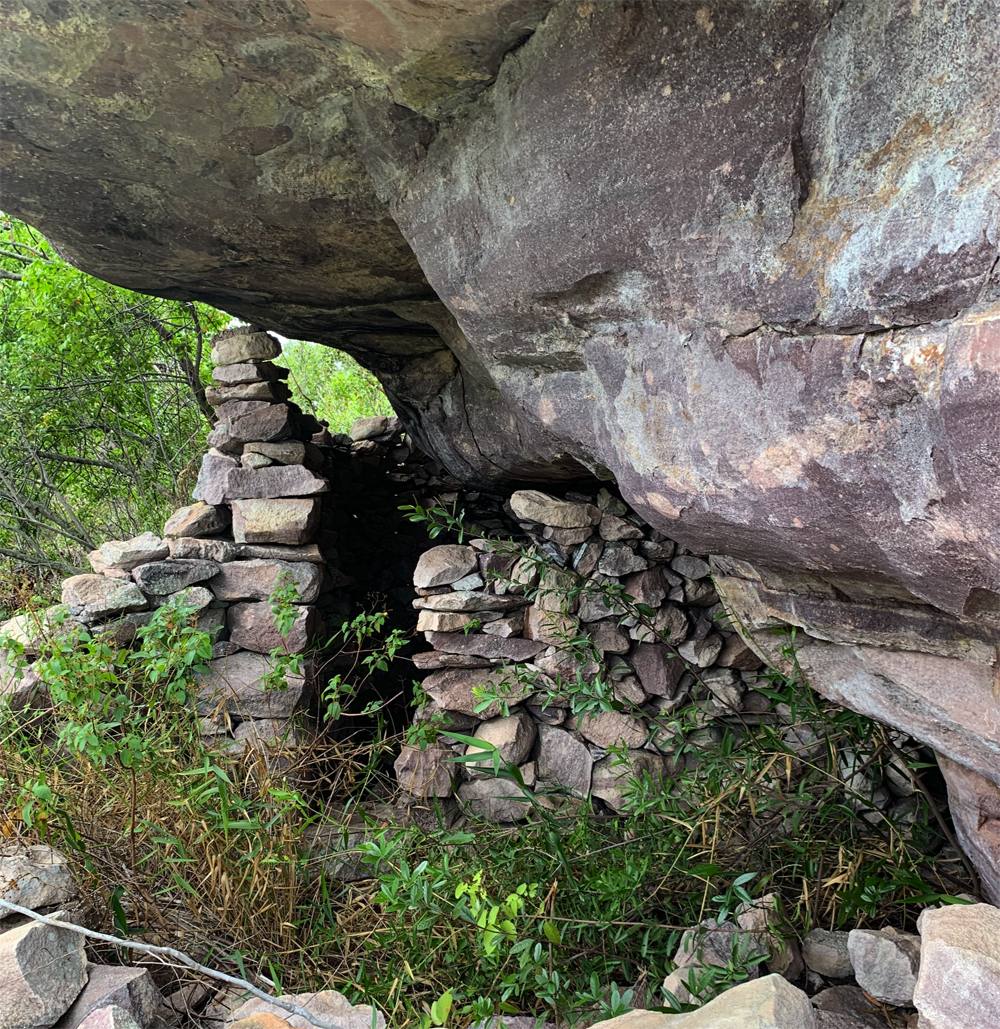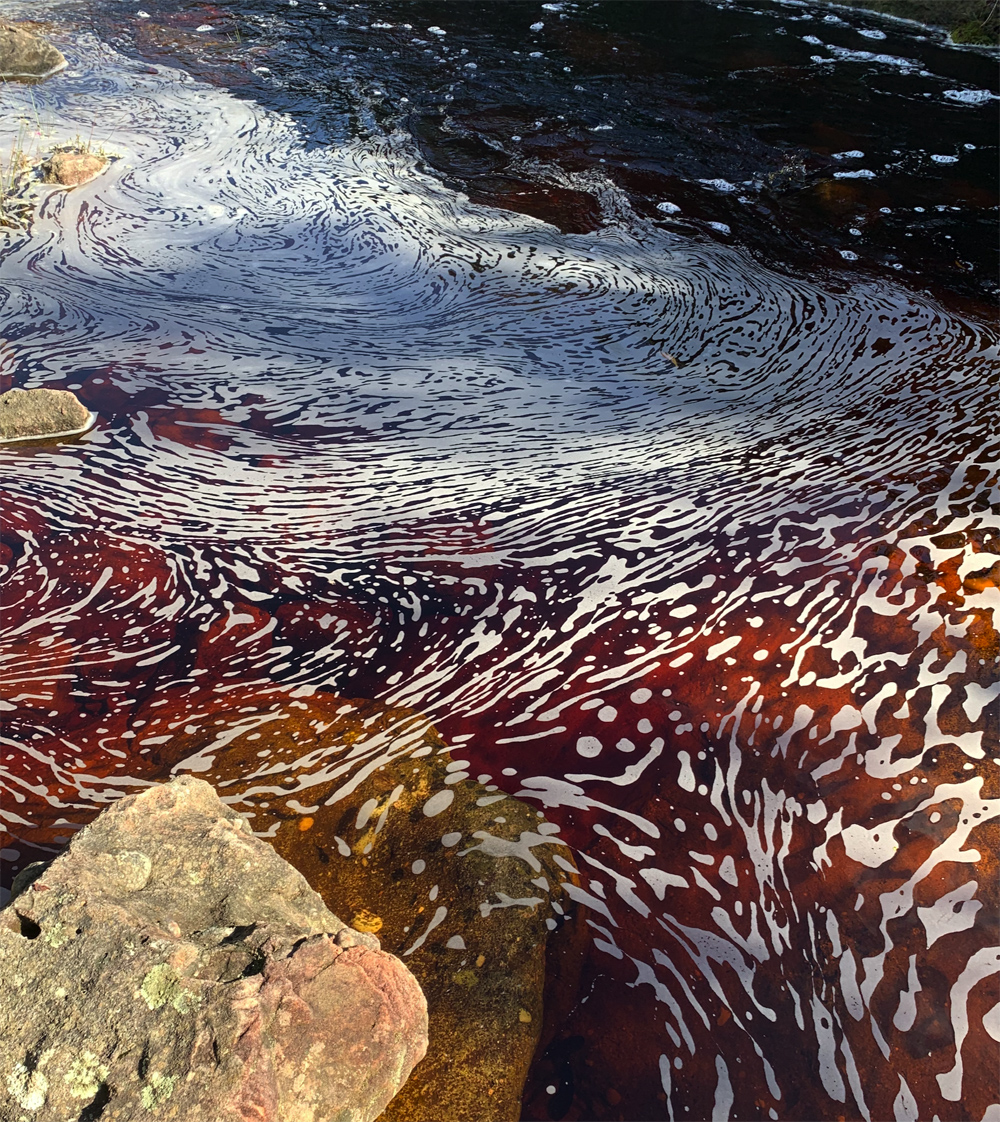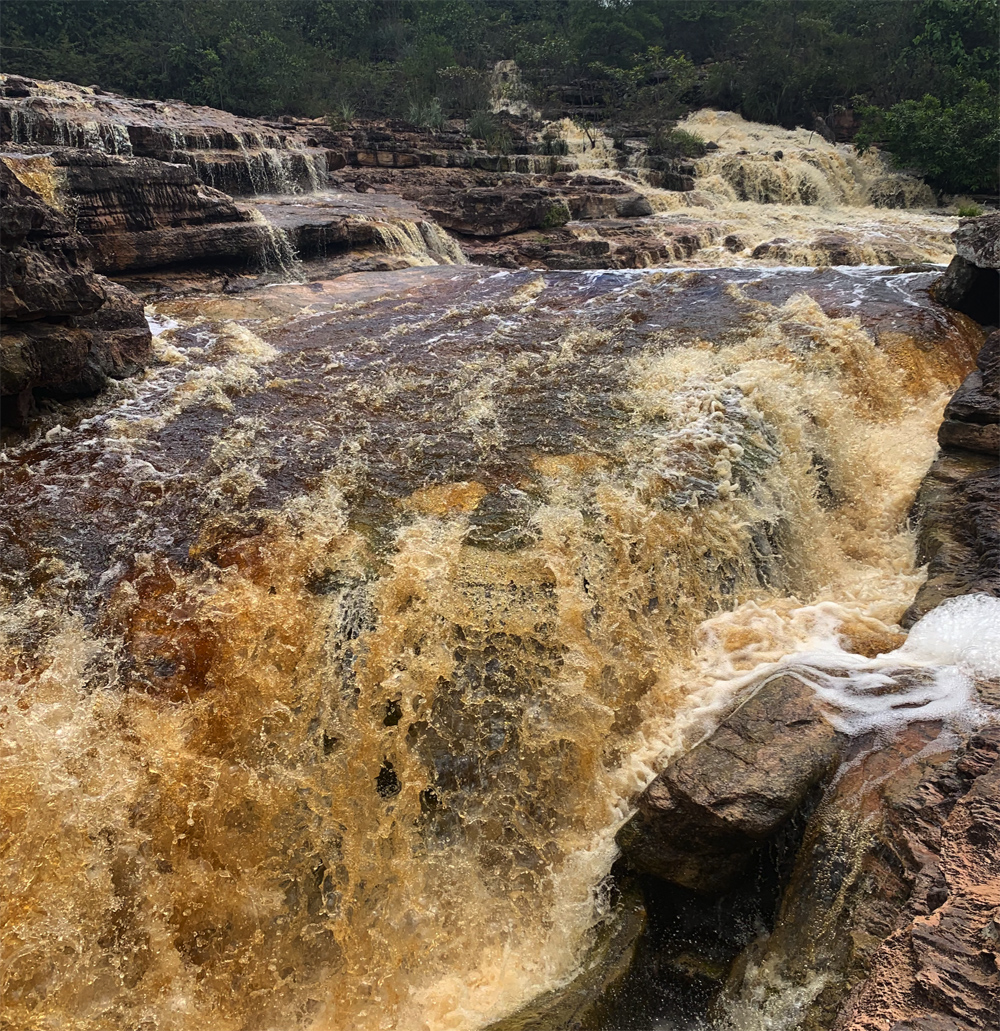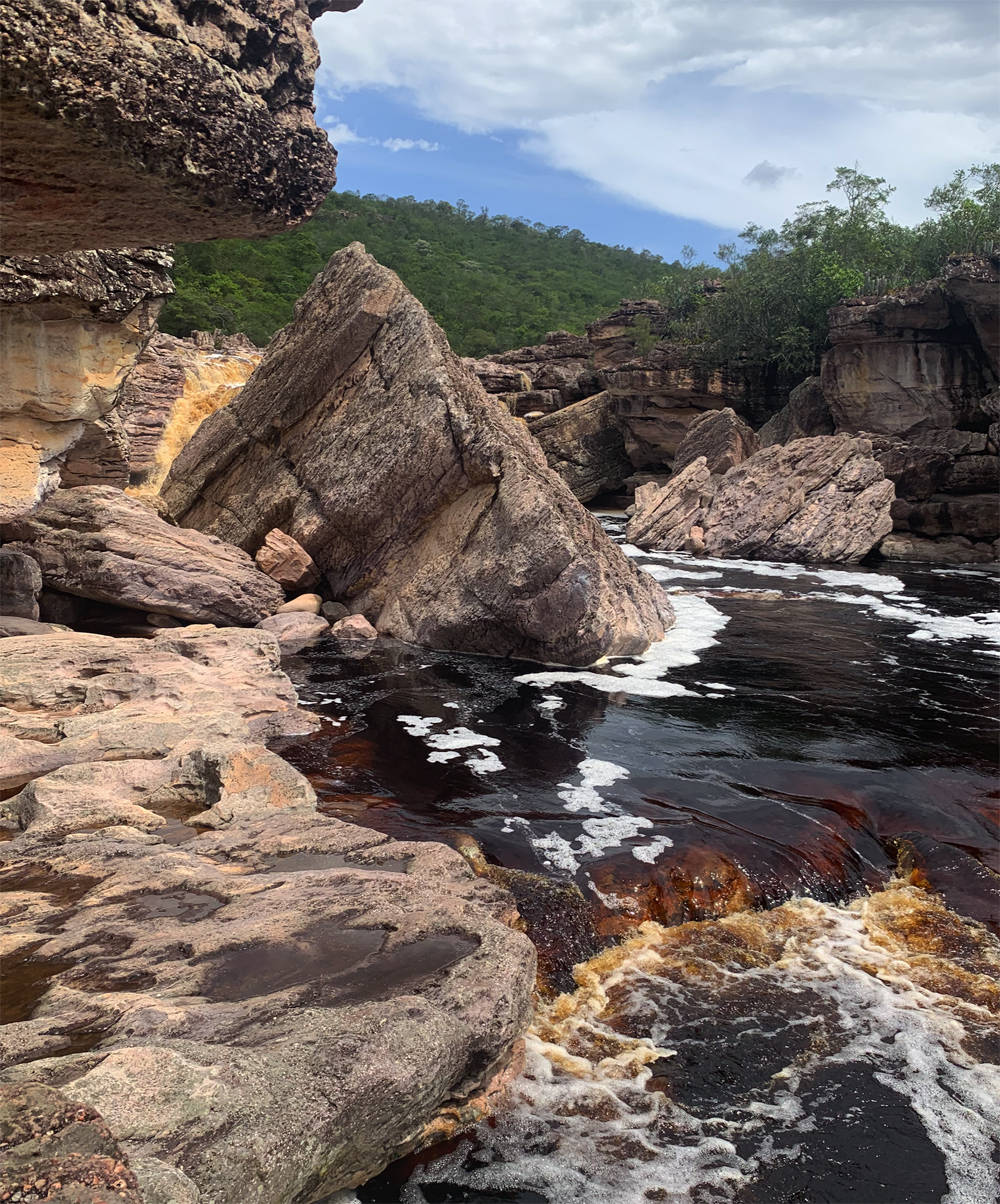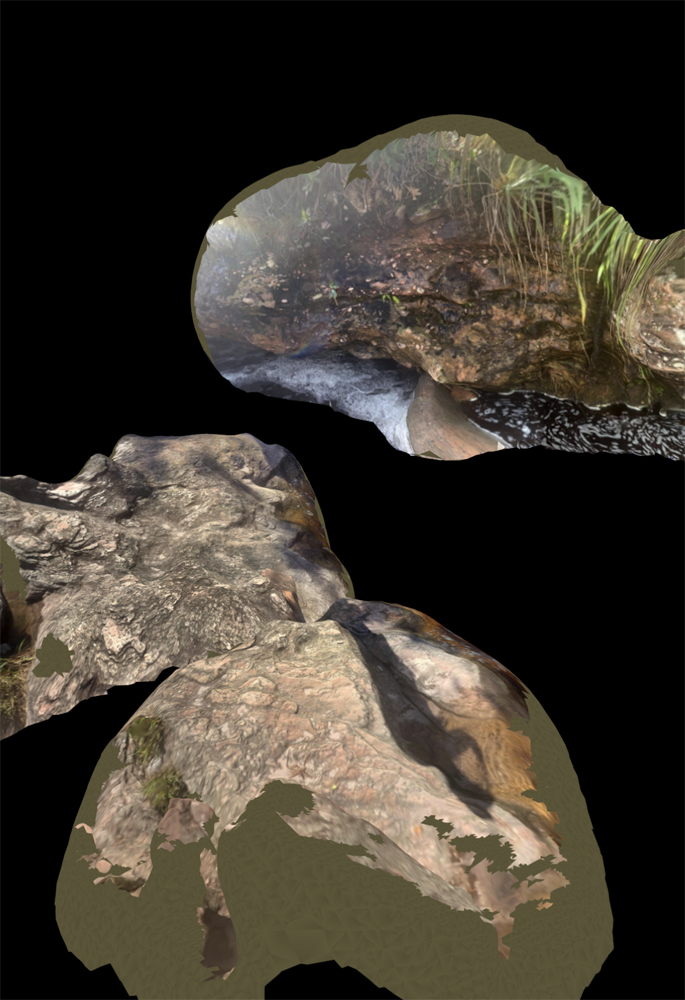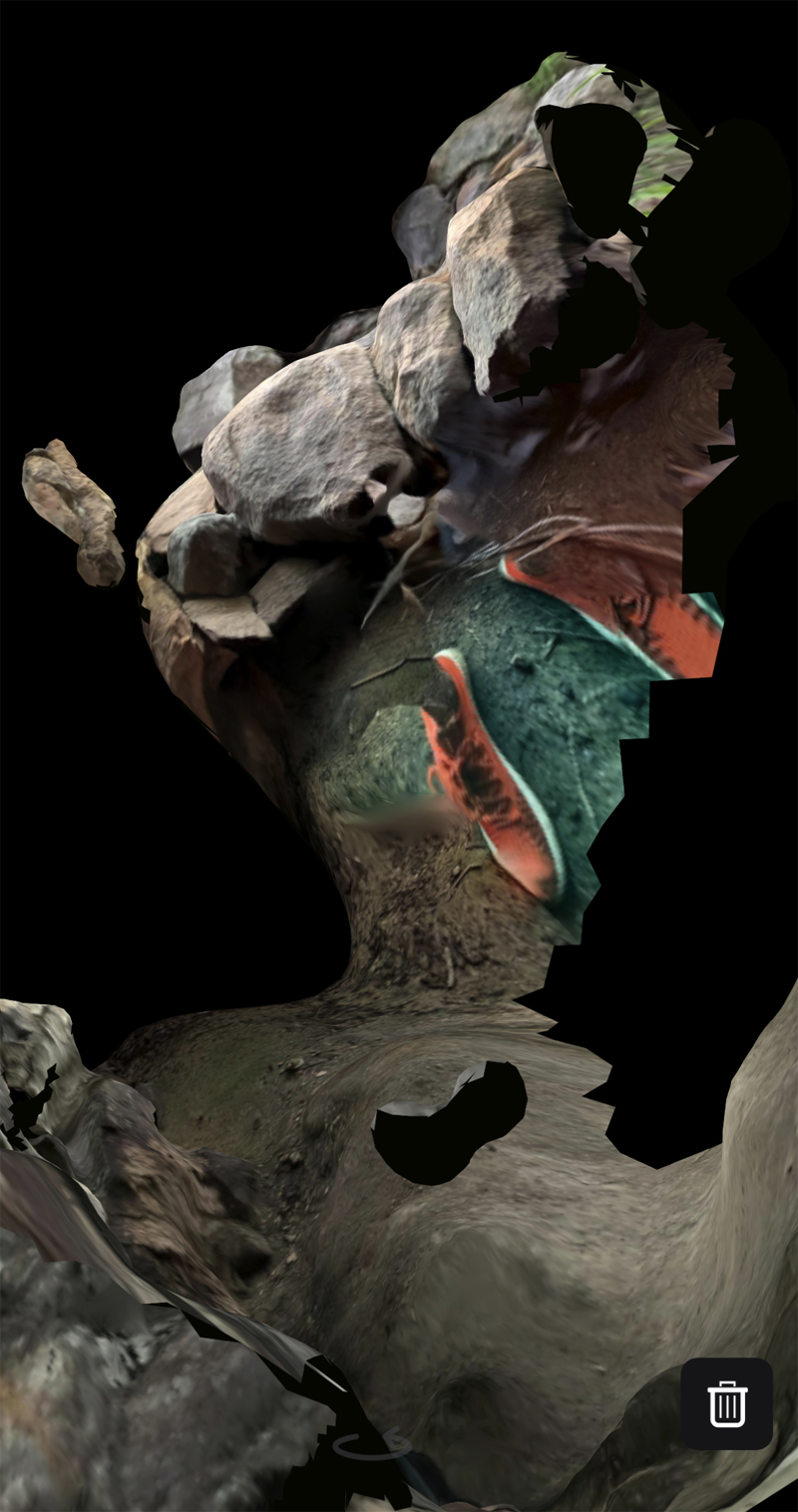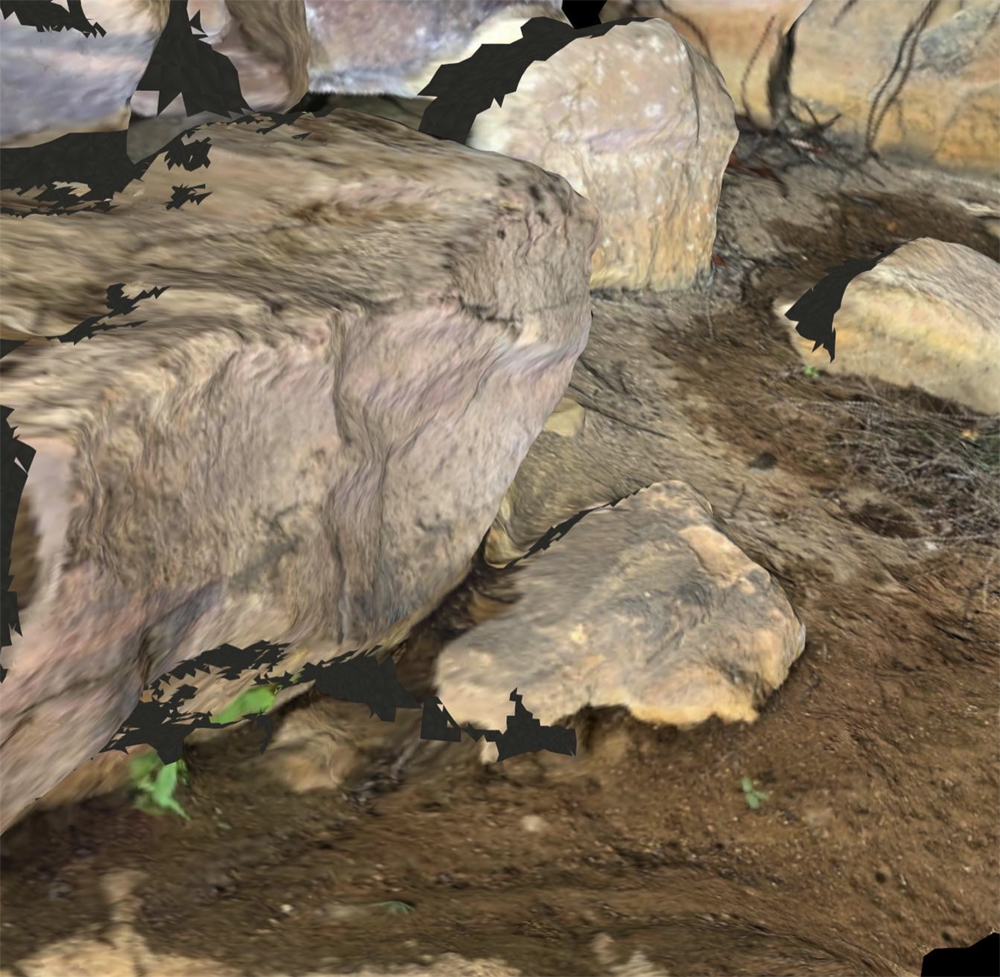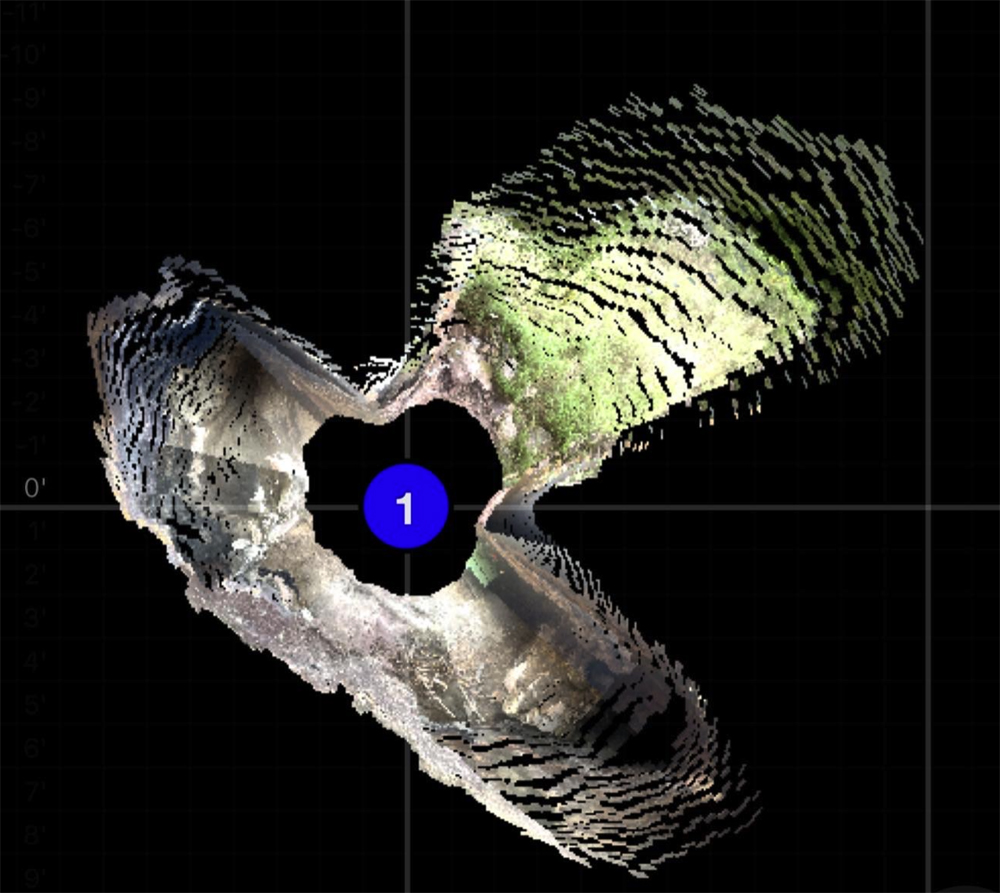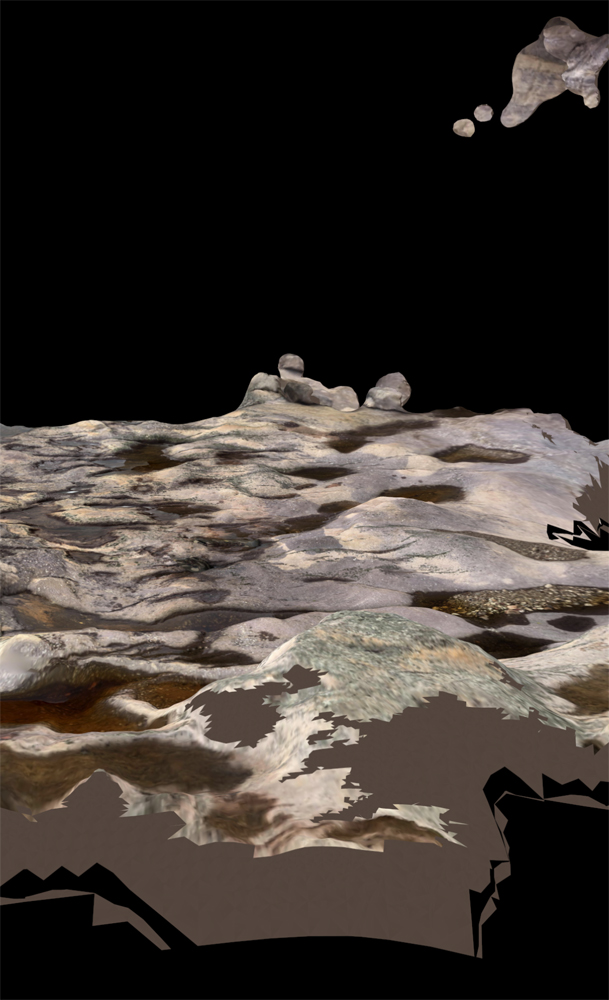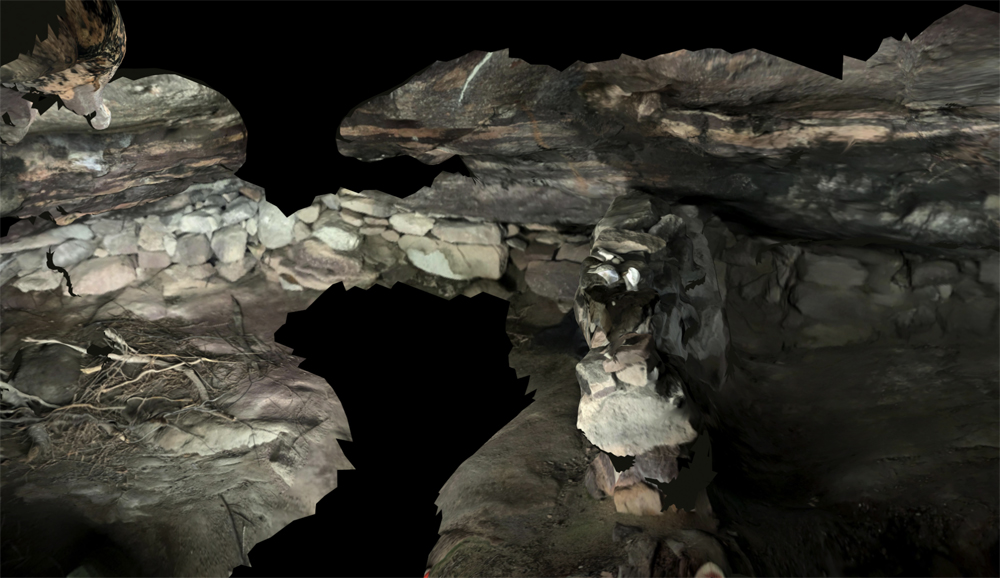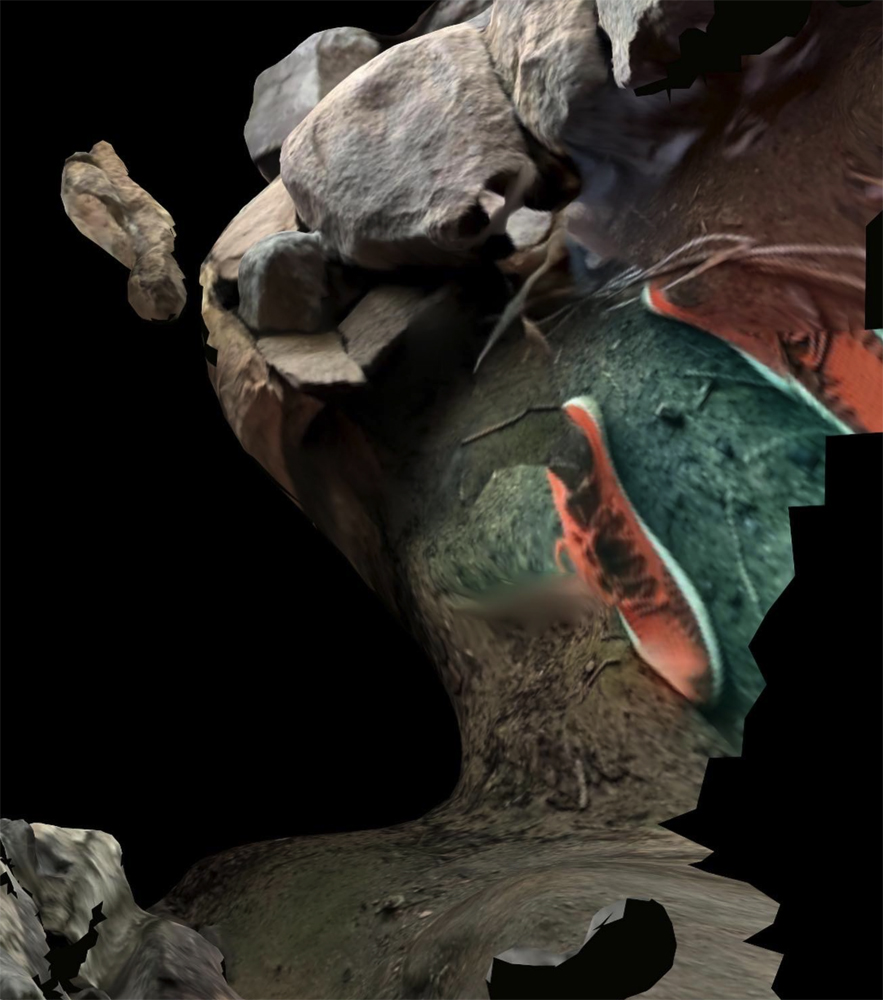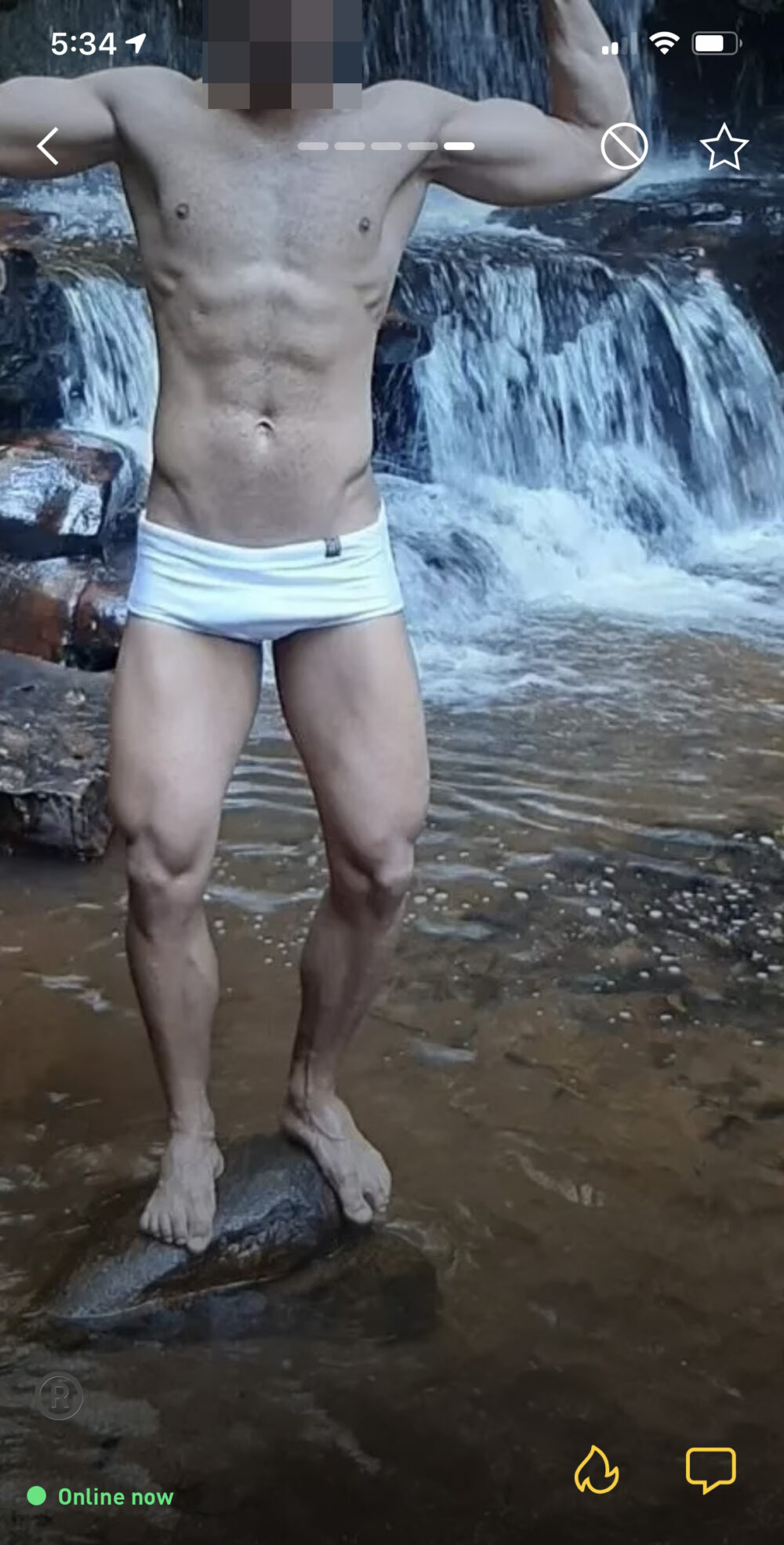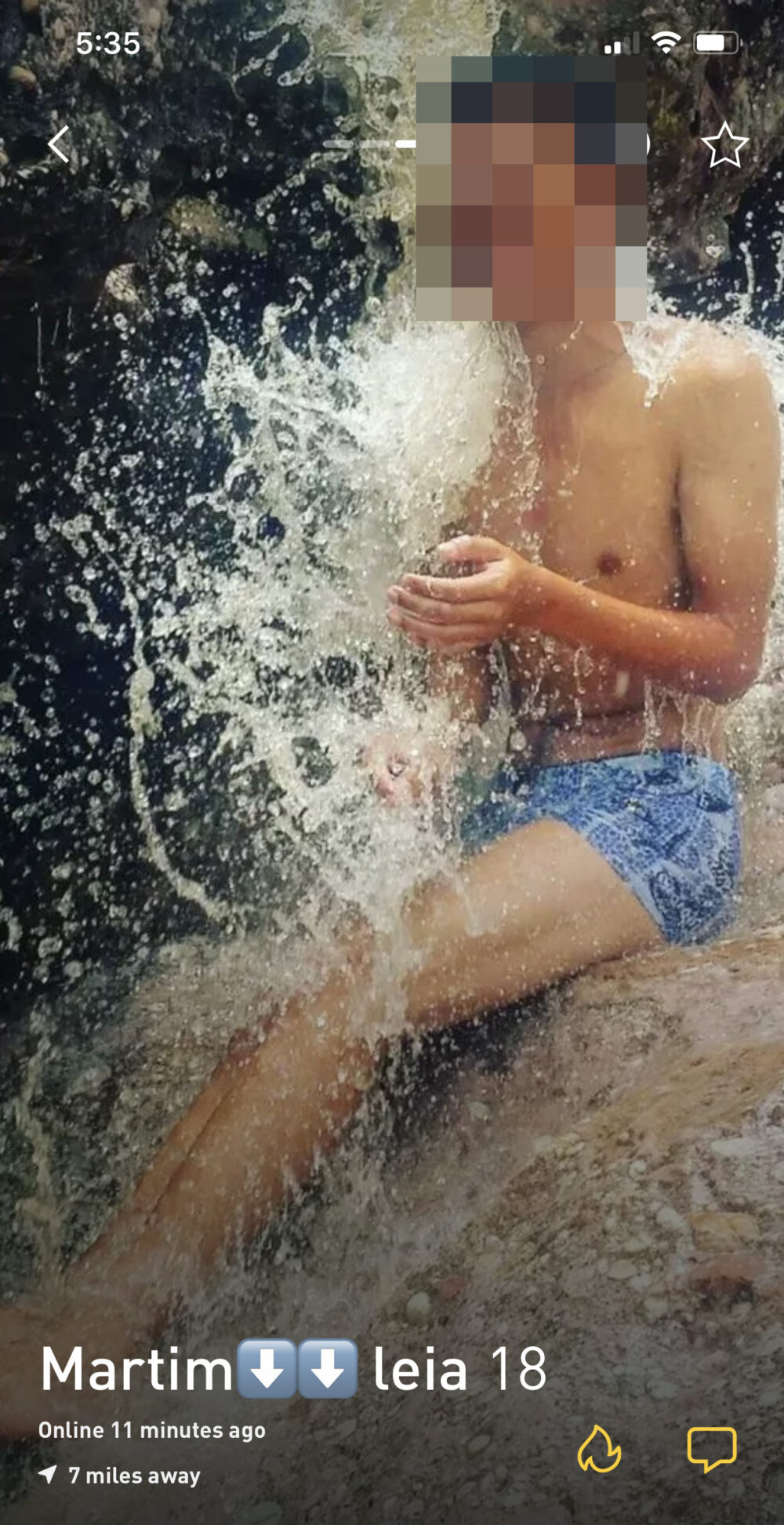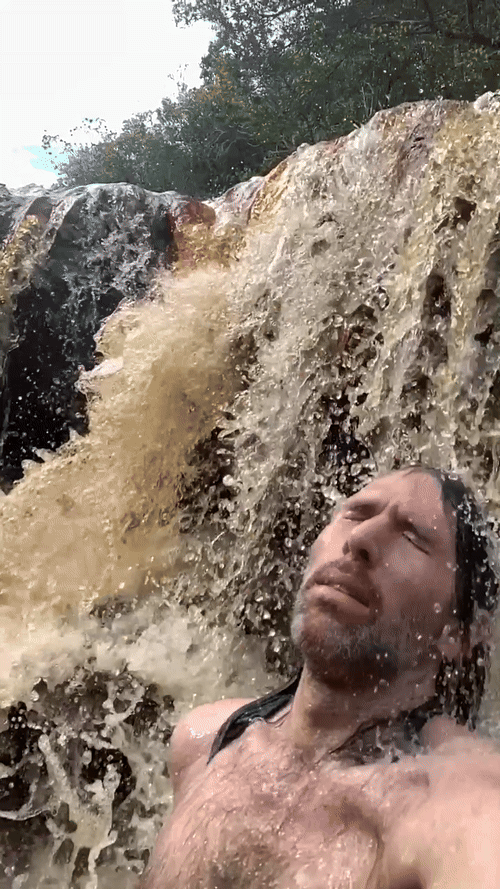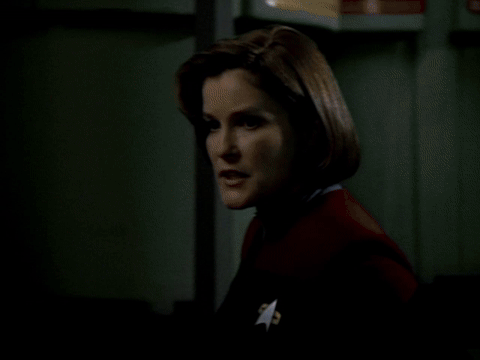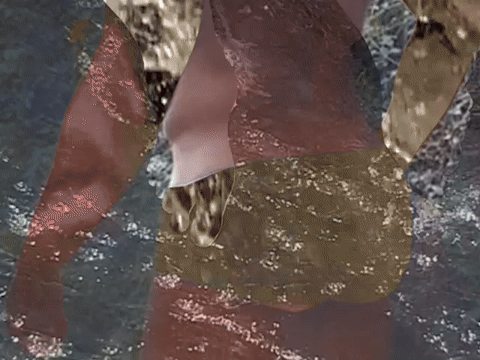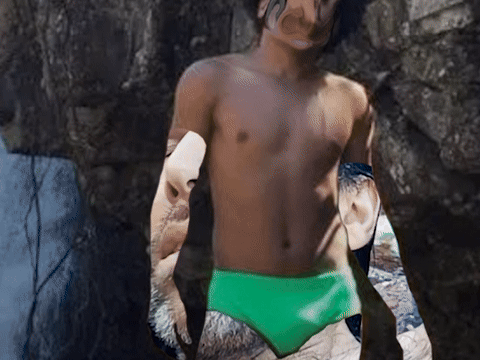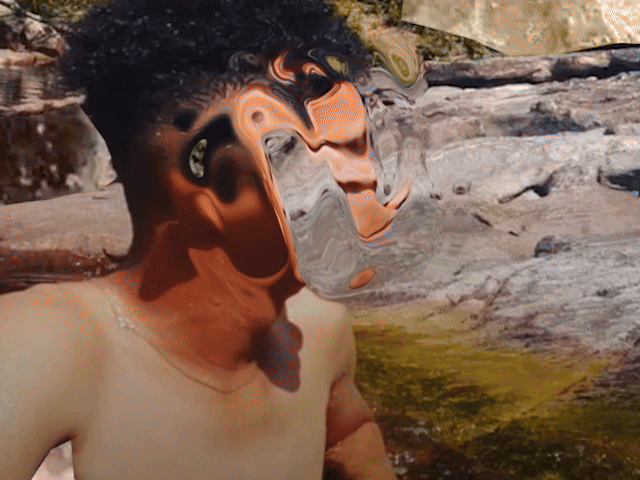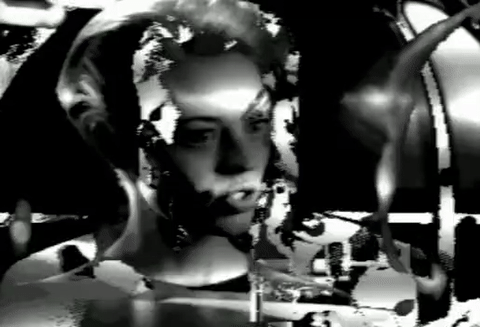NOTE: SITE DESIGNED FOR DESKTOP NOT MOBILE
STATEMENT OF RESEARCH PROGRAM
Focus:
My creative research over the past decade has examined the strategies of human/technological “performance.” To probe these questions, I often simultaneously develop multiple large-scale, multimodal projects that evolve over a long period of time. While I work across a variety of disciplines that include drawing, sculpture, and installation, my primary material interests exist in experimental these approaches to experimental animation, multi-channel video installation, and other sensorially intensive work that ask the viewer to participate in an act of fragmentation—which I identify as a fundamentally queer way of making and experiencing work. While my primary discipline is in video and other new media (including animation, sound, internet-based art [net.art], and other interactive/technology-based work), my practice is interdisciplinary and my work traverses disciplines within the field of visual art—manifesting itself in such other formats as sculpture, installation, performance, and drawing.
Major Accomplishments/Significant Contributions:
Theoretical Framework:
At the core of my current research conversation is an exploration of what I theorize as a queer technosexuality—an identity/experience in which the supremacy of physical body-to-body contact is questioned, and virtual sexualities, and hybrid techno-body sexuality exists along a continuum of experience devoid of traditional hierarchies. While this conversation is present in the work produced leading up to tenure at the University of Kansas, this exploration has been especially amplified by my ongoing collaboration with Eric Souther, field research, archival research at the ONE Archives, and past and upcoming residencies in Brazil.
Collaborative Practice and Community:
Working in the Midwest in a region where there are only a handful of artists working with conversations and strategies that intersect with my own, I have had to be particularly inventive at building community and criticality around the work I make. In my collaborative work with Eric Souther (begun during the pandemic), I have had a robust partner with whom I can explore complicated ideas with fervor at a pace that far exceeds my own individual capabilities. Together we have developed a working method and relationship that pushes each of us to the boundaries of our limitations, and permits us to take tremendous risk in the studio with successful outcomes. In addition to this collaborative work, I have been an active member of groups like Temporary Files which has helped me find community in virtual space with an international cohort of colleagues who actively help me develop my work and ideas, and help me bring them to publics in cities where the kind of work I make has greater reception.
Exhibition Outcomes and Research Successes:
My research has found success in numerous international venues over the course of my time at the University of Kansas exhibiting in over 200 exhibitions/festivals/screenings since my arrival in Fall 2012—including three solo exhibitions and three two and three person exhibitions. While technically a group exhibition, my collaborative installation with Eric Souther, Body-oddy-oddy-oddy: Destabilizing the Surveilling of Queer Bodies reflected the ambition and scale of a substantial solo exhibition, and was winner of the $20,000 Digital Art Award at the 2023 ArtPrize. Internationally, the work has been exhibited on 6 continents, in South Korea, Brazil, Egypt, Argentina, Colombia, China, Taiwan, Thailand, France, Romania, Greece, Israel, Latvia, Mexico, the Netherlands, Poland, Chile, Spain, Switzerland, Germany, Belgium, Denmark, Sweden, South Africa, Puerto Rico, Turkey, Ukraine, Croatia, Italy, Canada, Australia and the United Kingdom. Domestically, I have consistently exhibited across wide swathes of the United States. Recent exhibition highlights have included the Melbourne Queer Film Festival, Wicked Queer: The Boston LGBTQ Festival, and the Buffalo International Film Festival, which permit me to continue important conversations with amazing artists all around the world.
At the University of Kansas I have received multiple travel and research awards from the College of Liberal Arts and Sciences Travel Fund, the KU International Affairs Travel Award, the Hall Center for the Humanities, the General Research Fund, and the Roger Shimomura Fund. I have held residencies at the Fjuk Art Centre in Husavík, Iceland, three residencies at Signal Culture in Owego, New York and Loveland, Colorado, Mirante Xique-Xique in Igatu, Brazil, the Charlotte Street Foundation in Kansas City, and the Studios Inc. in Kansas City where a 2000+ square foot studio for four years permitted the opportunity to develop a more robust object-making and drawing practice that had not been possible since graduate school. Participating as an artist in these kinds of programs has amplified the impact of my research program in important venues, and has also raised the profile of the University of Kansas.
Challenges and Resiliency:
This is not to suggest that these accomplishments have not come with great challenges. The COVID-19 pandemic shuttered many important and vital experimental venues that made space for my kind of work, as well as the cancellation of opportunities in progress. The ongoing assault of the LGBTQIA2S+ community in civic spaces and communities around the globe has had emotional impact and an impact on the kinds of work that get shown in many spaces. The death of my younger brother in an act of recklessness, a negligent homicide, in May of 2024 has placed tremendous pressure and challenge on my ability to make work in this world. However, despite these challenges I continue to push forward in the studio, make provocative decisions in the work, and expose myself to further challenge, which feels like an accomplishment in itself.
Goals for the Next Five Years:
Building upon the successes of my current research program, over the next five years I aim to complete and exhibit major research projects in progress, with a goal of securing several solo exhibition opportunities and a retrospective opportunity for the collaborative work of Eric Souther and myself. Utilizing research travel as an opportunity to build connection, growth, and opportunities has been vital to my accomplishments in my research. In 2019 funded by a myriad of research grants I was able to conduct field research in Brazil, Argentina and Uruguay which have deeply influenced conversations in my practice and connected me to artists with whom I am building deeper relationships. This has resulted in a residency at Mirante Xique-Xique, in Igatu, Bahia, Brazil, in 2021and a residency in Summer of 2025 at FoNTÉ in São Paulo, Brazil, where I will have the ability to recenter myself in the studio and in collaboration with other peers, and seek exhibition opportunities in visits with curators in São Paulo and in a later trip to Buenos Aires. While I will continue to produce works in video that screen internationally, and seek community in that space, I aim to continue working ferociously in the studio towards provocative and risky outcomes that can make impact in my larger intellectual community.
RESEARCH PROJECTS IN PROGRESS
YES YES NOOKY
“YES YES NOOKY” (working title)
Eric Souther and Benjamin Rosenthal – 2025 – Present
This recent and ongoing major collaborative project was begun in 2025 with Eric Souther, and builds on years of collaborative work between Souther and Rosenthal. The working title “Yes Yes Nooky” takes inspiration from he eponymous Barbara Hammer’s work “No No Nooky,” a radical exploration of desire, technology and queer expression. In “No No Nooky,” Hammer faces and increasingly repressive cultural environment in the wake of the HIV/AIDs pandemic and the rise of conservative political views under the guise of “family values.” Hammer’s unapologetically lesbian, queer, erotic, and lewd used of language and image feels particularly potent in this moment.
As we face a rising tide of anti-queer sentiment, the fiction of so-called “family values,” a rise in hate crimes, and the sanctioning of discrimination, Souther and I feel especiallly strong about resisting. In light off this, we have chosen to engage with images, phrases, and iconographies that would be deemed offensive, perverse, and non-heteronormative as a strategy to resist conservatism.
While this project is nascent, there are some approaches that are emergent that feel salient to the goal of the work. We are leaning into the explicit, incorporating a mix of 3D and 2D animation, and will incorporate performed elements with our own bodies. Working with “dirty word” lyrical play, we are engaging with generative A.I. tools that would generally censor such language, and corrupting these tools to develop soundtracks that are on the edge of the offensive and the ridiculous.
The examples presented here are very beginning samples of this exploration, and are made using live systems and newly created tools in TouchDesigner. Blending early internet aesthetics, with videtart historical aesthetics, and 3D models we find ourselves testing the boundaries of taste. The 3D figures we are using depart from past work which centered the non-human. In this work the figures are human, engaged in explicit play, but in lieu of actual genitals they wear prosthetic dildos that are “strapped on” in locations and in methods that don’t necessarily correspond to standard sexual activity. They become accessories, or fetish objects for the purpose of further demarcating them as lewd, and proud of it.
TRANSNATIONAL QUEER NETWORKS: IMAGE AND AFFECT
While it is evident in queer media and queer culture that images that center white, fit, cis-male bodies are pervasive in the United States and Europe, the distribution of these images in networks and communities is also pervasive globally. Even when we consider queer-baiting, and images that sell “American” machismo to gay publics, the impacts of ad campaigns and celebrity cultures impact a global perspective on what is or isn’t desirable. This is something particularly problematic for me when we consider publics for whom their image is never represented.
This colonial effect of images and their distribution does not emerge with Calvin Klein or the Athletic Model Guild, but rather is endemic to the history of colonization. In this project I am considering the history and distribution of images from queer perspectives that have had a substantive impact on perceptions of desire and image cultures, specifically in queer Latin America. Exploiting, critiquing, and manipulating the source materials that position a kind of American white supremacy onto the global south, I hope to expose and contextualize the problematic nature of this history. Likewise, I aim to access and exploit the problematic nature of my own body in this space as part of a reflexive conversation that does not insulate the artist from the perpetuation of similar tropes and trajectories.
I first became aware of the impact of these images while conducting field research in Brazil, Uruguay and Argentina in the studios of many artists—including both Nino Caïs and Marcelo Amorim, co-founders of FoNTÉ. Images that were distributed throughout these studios from popular early gay physique photographers and distributors like Bob Mizer (dating back to the 1950s) shared something in common that I found disturbing—their subjects largely perpetuated a “classical” vision of whiteness that felt a little bit too “Aryan” for this gay Jew’s comfort. In moving deeper into understanding these images, and other adjacent imagery present in the studios and work of these artists, I found myself troubled by the pervasiveness of white bodies amplified in a place where the politics of whiteness and the exploitation of black and indigenous bodies—including in the queer community—was so present in the conversations I was having. The fetish for these images within the studios of artists both living and deceased represented a likely unintended consequence of these images—the amplification of white supremacy image culture amongst creatives who so deeply despise it.
On a visit to Galerie Jacqueline Martin in São Paulo, I encountered a posthumous retrospective of the supremely important artist Hudinilson Jr., whose works in collage and with photocopies further ampflified the replication of these kinds images and also the commodifcation of bodies amongst his queer community. In a table of sketchbooks, I was immediately drawn to a very famous image from Kansas City’s own Nelson-Atkins Museum of Art, Caravaggio’s St. John the Baptist in the Wilderness, an image that is both deeply queer and very much of the European tradition. This very image from my current city would show up in the studios and work of artists in the region—a sign that indicated it was vital that I explore these complicated histories, and reminded me that the distribution of white eurocentric images in museums and art historical texts had a substantive impact on determining what was seen as aesthetically most valuable in places far from their origins.


RIGHT
Saint John the Baptist in the Wilderness
LEFT
This came to a head during a residency in Mirante Xique-Xique in Igatu, in Bahia, Brazil, where I was forced to contend with the implications of my own body against a landscape deeply impacted by colonization and violence against Black and indigenous people. The work that I continue to make from this residency was the first time I acknowledged the political implications of my own body as colonizer in a charged landscape. These experiences, both in field research and in research I have done in residencies and archives are the supporting structure on which I build this particular research project and represent nearly five years of work unpacking and uncovering aspects of the distribution of these image cultures within the regions I am exploring.
The Archive:
My interest in pursuing the archive as opportunity for further depth in my research emerged as part of some of may field research in Argentina and experience mining the internet during the COVID-19 pandemic. I had received a tip from a filmmaker the that there were a group of closeted Tulsa oilmen whom were helping to finance the Mattachine Society (an early gay rights organization), and thus activism nationally (and even internationally). While this tip had little merit in what I was able to uncover through archival research, it piqued my interest in the potential of local, rural or regional communities to have impact on a national or transnational scale.

RIGHT
In the midst of global lockdown, I found a surprisingly salacious network forming online of wide swaths of the LGBTQIA2S+ community participating in online zoom “circle jerks” that initially appeared in forums on Reddit. At the onset these newly formed communities, which I saw as a detournement of the “office” technology, seemed radically inclusive—representing bodies that were young, old, fat, femme, trans, hung, meth-smoking, racially diverse, etc. —all in a similar online space with little regulation. Not long after the emergence of these spaces, the same transphobic, misogynist, ableist, racist, and body-shaming, among others, limiters were imposed on these spaces making them considerably less interesting as a point of study (as far I was concerned). However, for a moment, albeit brief, a transnational and relatively open community of desire-based activity circumvented the imposition of the technology of the office into our private spaces/homes.
This interest in connecting these networks to historical networks of action and engagement led me to the ONE Archives at USC, where I conducted archival research into the networks formed within the Mattachine Society, then onto related pornography/sex networks, and onto other activist activities. In this research I uncovered some tremendously provocative materials including:
- an archive of sex activities, pubic hair samples, and rating system for men in the circle of Hal Call, Mattachine Society figure and pornographer.
- correspondence across a range of figures demonstrating international and national networks of queer people looking for connection and intersection.
- archives of images from photographers that perpetuated an white cis-gendered, fit and non disabled ideal that circulated across many agencies and actors in the underground queer world.
- Evidence of self-made, or amateur, pornographic materials—produced to circumvent obscenity laws and perpetuate individual desires.
- FBI files which track the establishment of these networks, the “gay panic” of Herbert Hoover and other agents, and the pervasiveness of government intervening in the self-determination of LGBTQIA2S+ individuals.
While one month of intensive research over two visits is hardly enough to unpack the full depth of these materials they have led me down some important pathways which will yield new work.
Outcomes:
As part of a residency at FonTÉ in São Paulo, Brazil, June-July 2025, I will develop work that directly responds to this question of the distribution of these images and stories, and the networks (intentional or otherwise) that they form. I will be working in collaboration with Marcelo Amorim in part of this work to develop collaborative approaches that consider Brazilian perspectives on these kind of images, and my own. As this project initiates in field research begun in 2019, the scale and scope of the work will ideally lead to multiple bodies of work and outcomes. There is just tremendous richness and opportunity to continue to build on these languages and conversations.
EXAMPLES OF ARCHIVAL RESEARCH DONE AT THE ONE ARCHIVES IN LOS ANGELES*
*All archival material presented here is for information purposes only and not for distribution. Rights belong to the ONE Archive and its affiliates.
Hal Call Collection – Card Catalog Samples
Hal Call was an important early figure in gay rights activism through his work at the Mattachine Society, one of the earliest gay rights organizations in the United States of America. My interest in call stemmed from his origins in Trenton, Missouri, and his ongoing connections and conversations with gays across the country and world. Within his collection there was extensive personal correspondence that tracked relationships, gay organizing, and self preservation. There was also an incredible surprise in the card catalogs that I found particularly compelling, and for which I understand I am one of the first researchers to uncover or investigate at the ONE Archives. Hal Call also had a book distribution service (Pan Graphic Press) and a pornography studio (Grand Prix Photo Arts), which further complicates his relationship with the Mattachine Society, whose public face was more demure. The personal card catalogs (with examples here) traced ongoing personal and professional relationships, and their intersections—especially around sex. Pubic hair collections given consensually by lovers are kept in the catalog, along with detailed records of sexual encounters, whether someone was also a model for Grand Prix Photo, and even an advanced taxonomy system using the numbers on the cards to identify characteristics of their genital sizes and condition. These records are particularly exciting because they demonstrate the spectra of networks that existed and intersected across people participating in early gay rights activism, physique models, closeted/semi-closeted men, and even active partnered relationships before the advent of AIDs/HIV. Encounters document, by their timing, both activist meetings and photo shoots, all of which add to the greater picture of how we gather, network and develop community.











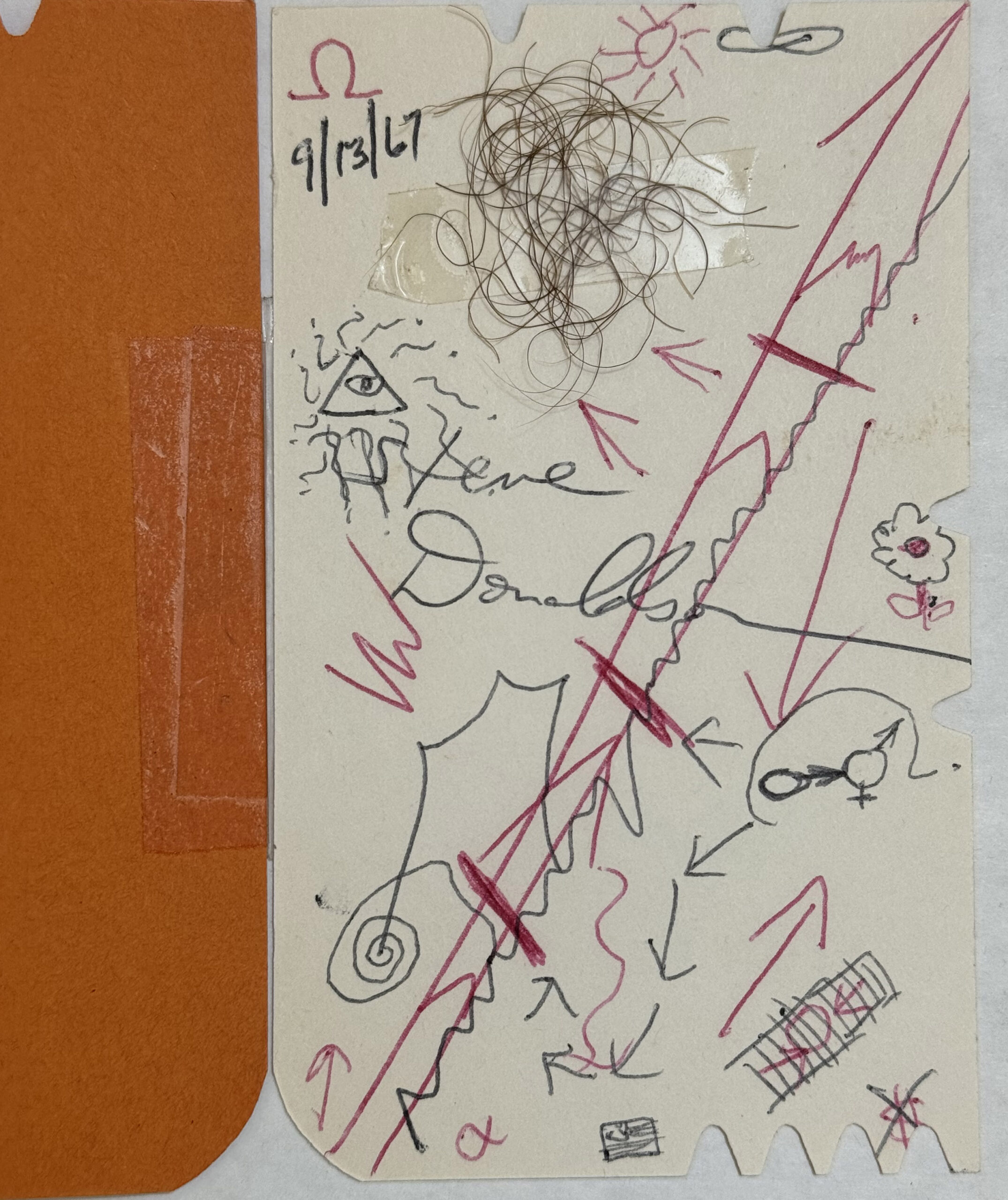













Athletic Model Guild and Physique Photography Communities
While these are just a few samples of archives of physique photography I am exploring, they represent a fairly early subset of photography that attempts to circumvent obscenity laws in the United States and abroad. As evidenced by correspondence sent to the Mattachine Society, the Homosexual Information Center, One Inc., and Tangents magazine, the interest in obtaining pornographic materials that appealed to gay men is a throughline we see internationally and consistently from the 1950s onward (and likely earlier in other capacities not represented in the Archive). Because these images reflect other aspects of a segregated and racist society, it is not surprising that there are few examples present of perceptively non-white men with a particularly “American” set of scenarios. These images were distributed throughout other countries, including extensively in Latin America, where the taste for these kinds of images influence what is seen as desirable or aspirational. It is not surprising that some of the same body-based and race-based discrimination present in contemporary gay spaces (online, image-based, and in-person), is reflected here is hypermasculine white dominating images. As part of this project I will unpack this conversation with Marcelo Amorim who has already investigated the role of white supremacy in Brazilian education systems and in the image-culture of such photography.
Amateur Pornographic Drawing and Strength and Health Magazine
As some of the newest, not quite catalogued materials at the ONE Archive, I was particularly excited by this subset of images which may date between the 40s and 60s. It was clear in looking at these drawings that they drew influence from physique photography and bodybuilder imagery, and that they began with some form of tracing of an image with genitals and other sex-act details added later. In looking through the notes I discovered that many of the images came directly from Strength and Health magazine, which was a bodybuilding magazine that also ran articles that suggested weightlifting and bodybuilding as a cure to homosexuality (evidently not). While these images are crude, they are demonstrative of the need for homosexuals to find objects of desire around obscenity laws and accessibility outside of city centers where more salacious materials may be available. I am particularly inspired by the rhetoric of these images, and the ways in which the artist combined desires like Superman and bullriding cowboys as erotic partners in their fantasy.
Other collections with the archive demonstrate a similar ingenuity with additions made to erotic photography and magazines which include photo albums and fulll magazines with substantial edits to the images. Where these images differ and are more striking to me is in the possibility they could have been traced from a library copy at a high-school, or borrowed from a friend, much like many a young queer like myself perused GQ magazine for the underwear ads. While we have a greater access to images today, these appear to also foreshadow private collections, screenshots on personal electronic devices.












Simonowski Files
The Simonowski files from the F.B.I. are the result of an intensive FOIA request of materials related to the ongoing and extensive surveillance and investigation of LGBTQ organizations and individuals in the United States. Much of this scrutiny is characterized by Herbert Hoover’s own gay panic, and much of the language present in marginalia reflect a hateful and abusive rhetoric for the suggestion that there are homosexuals in the F.B.I.. Hoover himself states “I think we should take this crowd and make them put up or shut up,” a statement that further emboldens animosity and the collaboration of multiple agencies of the federal government to crack down on and harass LGBTQIA+ people. While this particular space may fee somewhat separated from the other research I have done at the ONE archives, I found myself trying to unpack the ways in which this network of harassment compared and contrasted with other queer networks of organizing and community. There are references in this article to direct cases that organizations like the Mattachine Society were involved in, as well as a multitude of other groups that I will explore further.
THE OMEGA DIRECTIVE
In 2021 I was invited to participate in a residency at Mirante Xique-Xique, in Igatu, Bahia, Brazil. Located at the edge of the Chapada Diamintina national park, in Igatu, a town of around 400 people founded by the descendants of escaped enslaved people and former diamond mining workers, the environment was both stunning and deeply entrenched with the horror of exploitation. With brown water rich in sediment (a result of the mining process), itinerant houses built into the rockfaces (Tocas) by miners, and powerful waterfalls, the space was certainly not without incredibly rich conversations for which to engage.
While I had been invited perhaps to do some sort of intervention in one of these Tocas, and had begun scanning the interiors of these spaces and filming the beautiful waterfalls, I became more and more uncomfortable with my place in this particular landscape. The “abandoned” Tocas showed some evidence of recent use in rituals connected to people living in and around the land, the imposing an intervention on top of a site connected so deeply with resistance felt incredibly colonial. Stepping back, I wanted to understand what was my position there, and where could I speak in conversation.
And of course, I found some of those answers on Grindr—images of men in the waterfalls over and over again—that became apparent to me as a parallel to the ubiquitous “man with fish” photograph of U.S. men on sites like Tinder. My observations of others, and my own desire felt exciting and problematic—and I chose to lean into that problem.
I couldn’t resist finding an opportunity to make fun of myself, and shoot this absurd slo-mo thirst-trap videos in the waterfalls and rivers of Chapada which position me, as a white gay cis- man, doing something very colonial. Chucking the stunning 6K footage in favor of a more immediate and vernacular tool, I reckoned with the decision to permit myself pleasure in the site of great resistance, and considered resistance both in the water and in politics with some of the languages of electrical resistance “Ohm” or Ω, which led me to a bit of science fiction.
“The Omega Directive” refers to a specific episode of Star Trek Voyager, in which the captain, 70,000 light years from home, is directed by the computer to complete a mission to destroy the most powerful substance known to exist. This directive, issued at the detection of the substance, is one of the only suspensions of the “prime directive” of non-interference in alien cultures. As one of the most colonial of episodes, this cryptic mission, felt particularly potent when considering my place in this landscape. Voyager has no indigeneity in the region of space it is in, and this directive claims space and moral authority over indigenous species. I, as white cis-gay traveler, travel with tremendous privilege to this place and must contend with my role in the desire economy and consumption of this charged place.
Upon my return, and over several years of negotiating these complex systems, deep reading, and reflection, I have built 3D models to mimic the waterfalls, that serve as sets for my own performing. Pulling images from these Grindr excursions into vintage video tools at Signal Culture, I both anonymize and obliterate the objects of my desire. Casting myself as gay tourist in this real-life “set” for occidental self-exploration, I lean into the double-bind and problematic power dynamics of locating and engaging narratives of queerness in spaces in which one may not belong.
Ωmega Ωne: of direct(((ive)))s, is the first in what will be a series of video works that complicate this dynamic and actively lean into this trouble. Sound from this video recounts a pseudofictional relationship with a young admirer from the apps and a real-life encounter in the market. The work is currently in production, and will premiere in the Fall of 2025.
FULL LENGTH VERSIONS OF SINGLE CHANNEL WORKS
Body-oddy-oddy-oddy: Destabilizing the Surveilling of Queer Bodies, by Benjamin Rosenthal and Eric Souther, 2024, 9min 23sec, 3840 x 2160 UHD 4k
“Body-oddy-oddy-oddy: Destabilizing the Surveilling of Queer Bodies” explores the nature of how we understand our bodies, the ways in which we “queer” the body, and performative nature of how we explore our identities in mediated space. The work challenges the supremacy of normative human body-to-body contact, by exploring the role that a hybrid human-object-virtual encounter might pose for alternative forms of intimacy and exchange. The use of self-surveillance as a strategy of making and being is critical to our understanding of contemporary bodily experiences in the piece. The lens, the camera, video as both electronic mirror and surveyor, the scanner, generative A.I., and motion capture technology construct the performance of identity—who we are as hybrids and how we exploit our self-awareness and positions.
Through the act of making this work, we aim to disrupt the hegemony of stable bodies in search of what might be greater potential. “Breaking” the intentions of the software and hardware specifications, and revealing the tools of its making, we blast open possibility for new rules and new narratives. The future is undoubtedly queer, and it’s one hell of a party.
the gleaners, and: ritual for signaled bodies, by Benjamin Rosenthal and Eric Souther, 2020, 8 minutes 23 seconds, 4K
“the gleaners, and: ritual for signaled bodies” performs at the edges between body and the external, oscillating and eroding those boundaries. A ritual for creating new worlds and situations for fragmented bodies, signals pass through the joints of animated and genderless bodies and body parts entangling the body-signal-actions both materially and conceptually as these control mechanisms interfere with pre-animated content. Perpetually shifting surfaces and skins serve as sites of projection and interference, contributing to the further “queering” of the state of these bodies and fragments that are stretched and submerged into and outside of the environment they inhabit, as they encounter desire, distress, and ritualized oscillations. Signals that generate sounds and compel movement, the making of the images, and the body, further challenges the stability and integrity of the space in its otherworldliness and the spatial relationships it establishes with the audience. At the edge between crisis and satisfaction, the work adopts the role of Millet’s own “gleaners,” making-do on the boundary between sustenance and the devoid.
from this side of space to the other side of the signal, by Benjamin Rosenthal, 2017, 9 minutes 54 seconds, HD Video
“from this side of space to the other side of the signal” utilizes footage produced on unique analog equipment from the early history of video during a residency at Signal Culture (a contemporary version of the original Experimental Television Center in Owego, NY), and emerges from a nod to Michael Snow’s iconic structural film La Région Centrale. Virtual landscapes pumped through the analog system become caught amidst sets of “meaningless” signs/barriers and violent signals. Computer generated bodies and body parts glistening with video material generated via this system perform actions that queer the line between digital, physical and analog, homoeroticism and violence––entangled in a fragmented high-modernist grid. A voice from the other side of the signal attempts to lure the viewer into some act of connection, of crossing over, only to be perpetually interrupted by barriers of interference.
Impenetrable as Night, by Benjamin Rosenthal, 2015-16, 8 minutes 4 seconds, 3D Animation and HD Video
“Impenetrable as Night” takes inspiration from the landscape of northern Iceland as virtual site for a demented tactical and techno-spiritual training camp. Covert mountain-like structures in the fjord reveal themselves to be hybrids of bunker and landscape, as well as metaphors for “the closet.” Animated figures perform actions that blur the line between worship, ritual violence and queer eroticism. The iconic icelandic “hot tubs” become potential sites for some sort of sinister training activity, violent or erotic ritual. The virtuality of the space is revealed consciously via the inclusion (and revelation) of the 3D wireframe, the visible glitch, the use of real-time rendering of individual frames screen-recorded from Maya, and puncturing and layering of spaces that don’t conform to conventions of believable 3D space.
Human, Next: Phase Three, by Benjamin Rosenthal with James Moreno, 2016, 14 minutes 13 seconds, HD Video with 3D animation
“Human, Next: Phase Three”—a video reinterpretation of a live dance/video/animation work by choreographer James Moreno and artist Benjamin Rosenthal—explores the convergences and differences between virtual and physical bodies, offering new perspectives on our 21-st Century hybrid condition. In “Human, Next: Phase Three,” the virtual bodies and physical bodies become components of a somewhat malfunctioning and elaborate techno-breathing machine. Conducted by the motion of virtual hands and bodies on the monitors, the dancers venture to become integrated participants in this system. Failing to perform at the level of the technology, the system(s) collapse(s), reboot(s) and reveal(s) the underlying interdependency between both physical and virtual entities in this technocultural expanse.
Human, Next: Phase Two, by Benjamin Rosenthal with James Moreno, 2014, 10 minutes 33 seconds, HD Video with 3D animation
Human, Next: Phase Two—a video reinterpretation of the second phase of a live collaborative dance/video/animation work conceived of by Choreographer James Moreno and Artist Benjamin Rosenthal—explores the convergences and differences between virtual and physical bodies, offering new perspectives on our 21st- Century Hybrid condition.
In this iteration the body is supreme—virtual bodies “play” real by wearing realistic skin textures and attempting to mimic at times the choreographic desires of the physical bodies. The choreography emphasizes the capabilities of the physical body and its ability to direct the technology, while at the same time the dancers fetishize the technology—showcasing it, fusing with it, and competing with it.
The sound score for this phase of the project emerges almost exclusively from sounds recorded by the body that have been recomposed, manipulated and processed. In this way the sound mimics the fusion of the body and machine as expressed in both the choreography and video content of the work.
Human, Next: Phase One, by Benjamin Rosenthal with James Moreno, 2014, 12 minutes 17 seconds, HD Video with 3D animation
“Human, Next: Phase One”—a video adaptation of a section of a live collaborative dance/video/animation work conceived of by Choreographer James Moreno and Artist Benjamin Rosenthal—explores the convergences and differences between virtual and physical bodies, offering new perspectives on our 21st- Century Hybrid condition.
The systematized condition of both the virtual and physical bodies is further emphasized by the sound score, composed for the piece by Benjamin Rosenthal. Primarily extracted from existing computer “system” sounds, the audio is chopped, stretched, manipulated and reoriented, making the audio an actor, or a body, in its own right Using rhythmic and temporal structures that, at times, collapse in exhaustion, the sound mimics the visceral condition of the dancers as they compete in an arena that tests their boundaries and limits.









